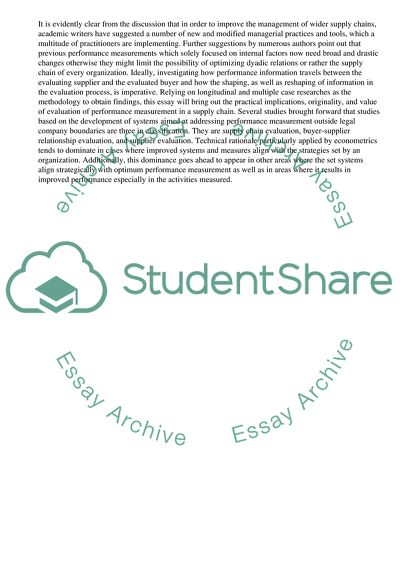Cite this document
(“Supplier Evaluation Processes Essay Example | Topics and Well Written Essays - 2250 words - 1”, n.d.)
Retrieved from https://studentshare.org/management/1604829-supply-chain-principles
Retrieved from https://studentshare.org/management/1604829-supply-chain-principles
(Supplier Evaluation Processes Essay Example | Topics and Well Written Essays - 2250 Words - 1)
https://studentshare.org/management/1604829-supply-chain-principles.
https://studentshare.org/management/1604829-supply-chain-principles.
“Supplier Evaluation Processes Essay Example | Topics and Well Written Essays - 2250 Words - 1”, n.d. https://studentshare.org/management/1604829-supply-chain-principles.


